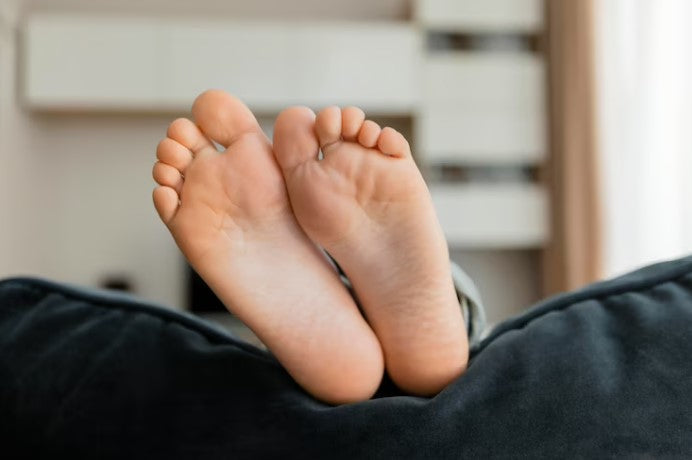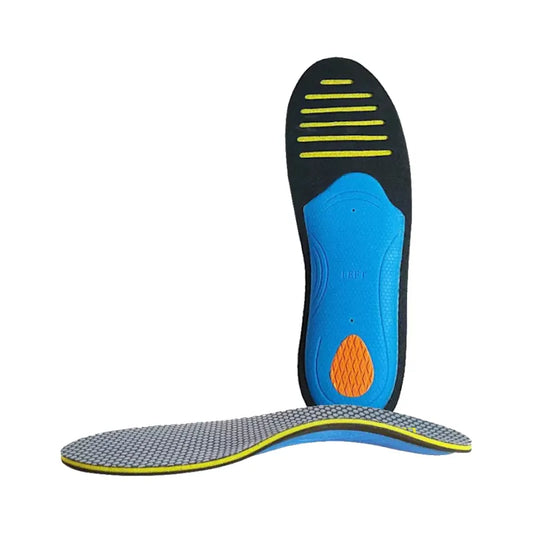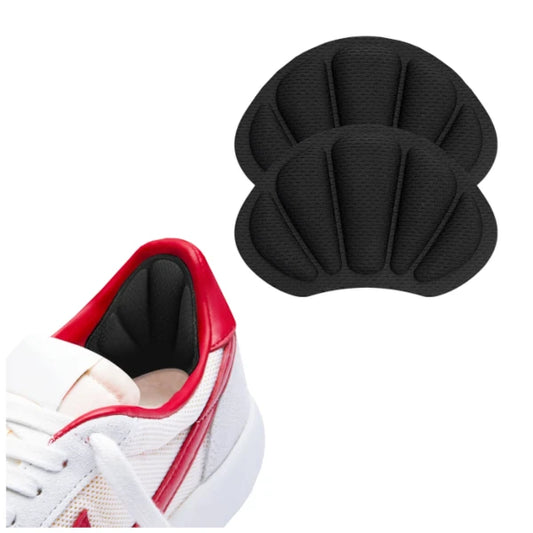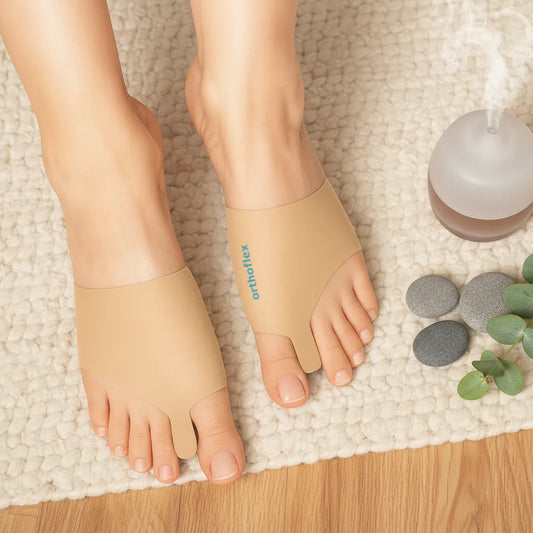
The best way to fix flat feet
Share
What are flat feet?

As the name refers, it’s a plain surface on the plantar region of the feet. It’s a very common condition among the world population and happens frequently in cases where the arches of the feet suffer too much pressure and suddenly flatten.
When we are born, our arches aren’t fully developed, they are only fully developed by the age of 6. So everyone is born with flat feet but throughout our childhood, arches start appearing.
If this doesn’t happen during childhood, then the flat feet diagnostic also comes up. Some people develop this condition later on, after an injury or just by aging.
Some people have flat feet and do not have any pain or functional problem in their daily lives, but they are a small number. In general, people who suffer from flat feet sooner or later will trigger secondary problems with this condition.
Impact of having flat feet
We have already told you that our feet are the base of our body. The foot complex is made of 26 bones and over 100 muscles.
These carry out our weight during our entire life cycle plus the additional stress we put on with other activities such as jumping, running, or simply walking on different surfaces.
The midfoot is the part of the foot that includes the arch, supporting the entire structure and playing an important role in stability, power production, and dissipation of forces through the foot surface.
Understanding the role of the arch of the foot, you can conclude by now that not having a proper arch will affect massively your daily life and quality of life in the future.
As fallen arches fail to give your feet the support they need, you’re more prone to experience foot pain and further pathologies related to the foot but not exclusive.
With time going by and our bodies' natural aging, it can appear a more distant injury related to the condition due to overuse or compensation of other articulations that are also involved in the foot biomechanics such as knee or hip, and is provoked by flat feet.
The most typical pathology related to flat feet, it’s plantar fasciitis. It’s easy to understand why, as plantar fasciitis occurs when the feet are dealing with a huge amount of load.
That happens easily in people who don’t have arch and consequently, the tendons and muscles are overstretched, there’s a deficit in shock absorption and power production and bad biomechanical alignment.
All of these, are risk factors for an injury.
Flat feet can provoke complications in other joints because the foot is usually overpronated, which is when the ankles roll inward. It can be easily detected during a walk but sometimes can be seen even when you’re just standing.
These biomechanical alterations play a really big role in the movement, compromising movement efficiency and putting additional stress on higher articulations such as the knee, hip, or even the spine.
What to do to fix flat feet?
There’s no definitive fix to this condition, as it never completely goes away. What we can do as healthcare providers, it’s to teach how to deal with flat feet if they cause you trouble in your daily life or to prevent injuries due to this condition.
First, it’s crucial to understand if you already have pain or if you’re seeking us for preventive work. If you already have pain in your heel or midfoot, have pain walking, standing, or running, and if it’s harming your day-to-day life, the right move it’s to look for help.
The best treatment option for flat feet is providing support to your arch, lost by fallen arches, and strengthening your feet and ankle joint.
Your doctor will be the ideal person to advise you on timings and things you should do, for example, if you have a lot of pain due to inflammation in the plantar fascia area, it’s not recommended to start with strength exercises yet.
The first step is to decrease pain levels and control the inflammatory process. Then you can proceed with the next stage of rehab.
Some of the treatments your doctor may suggest can be:
- Pain killers;
- Physical therapy;
- Adequate exercise and nutrition strategies;
- Wearing proper footwear for flat feet;
- Wearing insoles or braces;
Wearing the right type of shoes is a key factor for people who have flat feet and sometimes it’s really needed an extra type of support like insoles, providing you with the correct alignment of the foot and giving you more cushion.
Without pain, the approach we follow it’s a bit different because generally people will look for us if they notice that the foot has changed and sometimes they find it weird to lose the arch.
In this situation, we will advise you of what’s this condition, signals that something is wrong, other problems that may appear, and what to do.
An informed patient is an active and key part of the prevention and eventual development of complications due to flat feet.
After educating the patient about flat feet and since you don’t have pain, we can jump some steps towards our goal.
In this particular case, we will advise you on what shoe to buy and what type of shoe you should avoid and recommend the use of insoles.
The next step is to improve your foot mobility, strengthen the area and improve stability. After you’re on the desired levels of strength and balance, you’re cleared out.
You should be as active as possible, maintaining this preventive work recommended by your physio throughout time.
Conclusion
Flat feet are not a “fixable” condition, they are not reversible but there’s some work you can do to prevent injuries or problems related to this and have a good quality of life.
Remember that preventive work is better than treatment for an injury and you should always seek medical help for your flat feet.
The doctor will recommend measures to prevent further problems or treatment, depending on if you already have pain.
The education of the patient is the key factor to live with flat feet without compromising your life.
Author Bio

Marlene Carvalho
Certified Sports Physiotherapist of Elite and Olympic athletes; Performance Coach to racing drivers
Marlene Carvalho is a sports physiotherapist passionate about all things sports.
References
- American Academy of Orthopaedic Surgeons: Flatfoot - https://orthoinfo.aaos.org/en/diseases--conditions/flatfoot/
- Harvard Health Publishing: Flat Feet - https://www.health.harvard.edu/pain/flat-feet
- Journal of the American Podiatric Medical Association: Conservative Treatment of Flatfoot - https://journals.lww.com/japma/Abstract/2012/09000/Conservative_Treatment_of_Flatfoot.6.aspx






